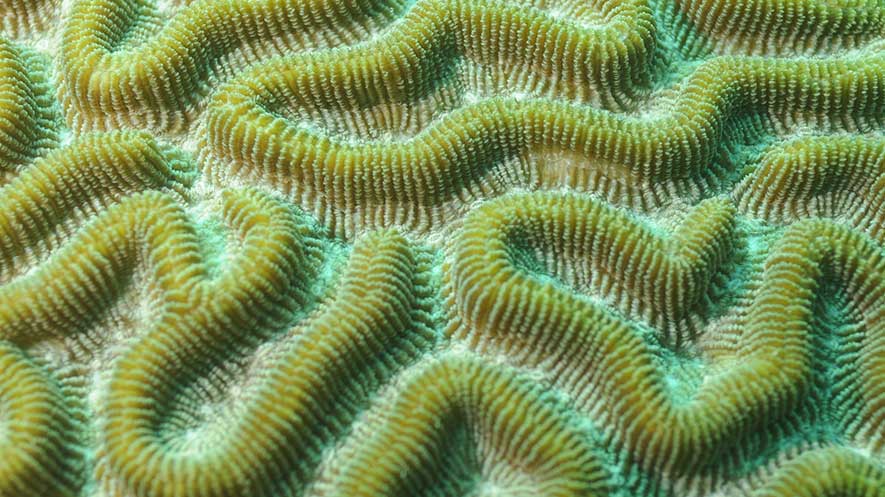A researcher at the University of Western Australia is exploring what makes certain corals so sturdy
The future of the world’s largest coral reef system looks troubled – in 2016, 93% of individual reefs along the Great Barrier Reef experienced bleaching, with 22% dying completely. This is likely to only get worse as climate change causes the waters along Australia’s East Coast to continue to increase in temperature. However, Australian marine biologists have discovered that a certain breed of coral from the Kimberley region can withstand higher temperatures than other coral, which could help researchers find a way to protect the Great Barrier Reef from climate change. Michelle Kuepper of Research Gate talked to Verena Schoepf to find out more.
ResearchGate: Could you give me a quick summary of the work you’re doing with heat resistant coral?
Verena Schoepf: Kimberley corals are highly stress-resistant corals that can tolerate environmental conditions that many other corals would not survive. So I wanted to find out if these corals are potential super corals, simply because they are naturally used to extreme temperature fluctuations, exposure to air due to the largest tropical tides in the world. I simulated a heat stress event in aquarium tanks in the Kimberley and found that corals from tide pools, which have the most extreme conditions, are more resistant to heat stress than subtidal corals, where conditions are less extreme. However, neither tide pool nor subtidal corals were immune to coral bleaching. This means that the extreme environment of the Kimberley makes coral more resistant to heat waves, but not immune to climate change. Current work now examines the physiological and genetic mechanisms that underlie the superior capacity of Kimberley corals to cope with heat stress.
RG: Do you know why this is occurring naturally in coral from the Kimberley?
Schoepf: When it comes to the genetic makeup of a coral, two things are important – the genetics of the coral itself and also the genetic type of the algae that live as microscopic symbionts in their tissues. So far, we have started to look at the genetic type of algae because it can have a big influence on their bleaching susceptibility and on a very broad scale, we found that they do not appear to differ between tide pools and the subtidal. However, this is still work in progress and we have to look at this on much finer scales, on the species level. We still have much to learn about this.
RG: Could this heat-resistant coral have any impact on the bleaching that is currently occurring in the Great Barrier Reef? Could the coral be transplanted, for example?
Schoepf: Understanding the mechanisms that allow corals to cope with heat stress is critical to understand if and how corals may be able to acclimatize or adapt to climate change. However, transplanting corals from one region to another has many risks and is therefore not advisable or planned at the moment. These risks need to be understood much better before we can even think about doing something like this. In an ideal world, it would not come to a point where such assisted migration may become necessary.
RG: What is your prognosis on the future of the Great Barrier Reef?
Shoepf: When bleaching is not too severe – for example, when corals look pale but not completely white – then corals have a good chance of recovering from bleaching. So in the areas of the Great Barrier Reef where bleaching was not that severe, such as in the southern section, the chances for recovery are very good. However, when bleaching is severe, there will be some mortality and surveys have shown that particularly in the northern section, 35% mortality has already occurred. It is also important to keep in mind that even when corals do recover from bleaching, there may still be lingering effects for months or years to come, namely lower growth rates and impaired reproduction.
RG: What are the next steps in this research?
Schoepf: Aside from looking more closely at the reasons why Kimberley corals are so stress-resistant, we will also study in aquarium experiments for how long they can maintain this capacity if they are kept in much cooler water. However, this is very much work in progress.
RG: Do you have anything to add?
Schoepf: When it comes to the Kimberley corals, it is important to understand that under normal conditions, they can tolerate conditions that few other corals can – they are some of the toughest coral in the world. However, outside of their usual, seasonal temperature range – for example, the recent El Nino event that caused significant coral bleaching even in the Kimberley, they are very sensitive to small increases in temperature – just like most other coral.
by Michelle Kuepper



